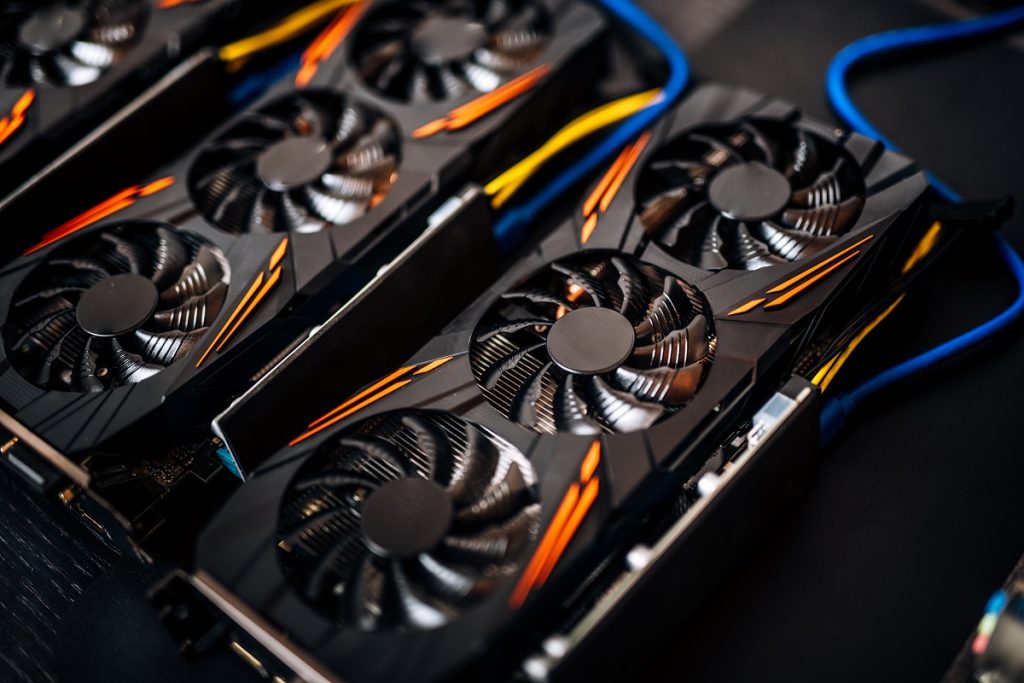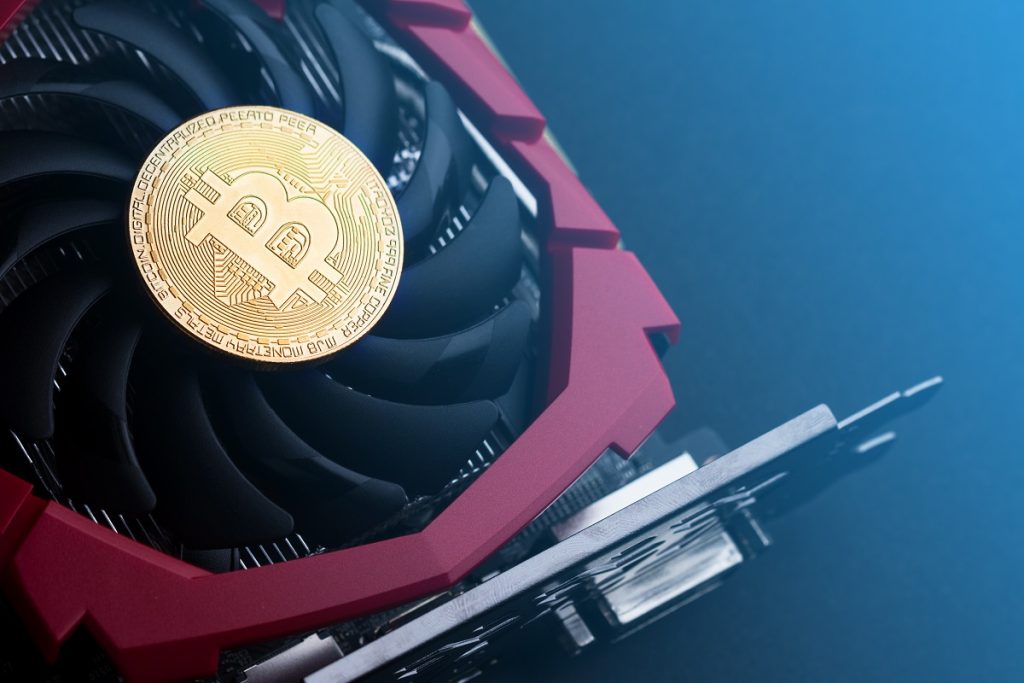Since its public debut in 1999, NVIDIA has not only weathered various market cycles but also delivered remarkable returns to its investors, far outpacing traditional benchmarks like the S&P 500.
The IPO and Stock Splits
NVIDIA went public on January 22, 1999, with an initial stock price of $12 per share. Over the next two decades, the company executed multiple stock splits, effectively increasing the number of shares one would hold if they bought in at the IPO and held onto those shares. These splits, including two 2-for-1 splits and one 4-for-1 split, have adjusted the initial IPO shares dramatically, increasing the initial share count of 83 to a staggering 3,984 shares.
Growth and Performance
This increase in share quantity is just one part of the story. NVIDIA’s stock price has soared to significant heights, closing at $878.36 as of mid-March 2024. This price appreciation, combined with the increased share count, equates to an original $1,000 investment growing to nearly $3.5 million, a return of over 350,000%, which starkly contrasts with the S&P 500’s 318% return in the same period.
The Factors Behind NVIDIA’s Success
NVIDIA’s growth has been fueled by its pioneering work in graphics processing units (GPUs) but has seen significant boosts from its strategic pivot to sectors like artificial intelligence (AI) and data centers. The company’s GPUs are now critical in various applications across multiple industries, further solidifying its market position and investor returns.

Conclusion
As NVIDIA continues to innovate and lead in high-demand areas like AI and gaming, its early investors have reaped the benefits of its exceptional growth. While future challenges await, NVIDIA’s historical performance illustrates a successful trajectory that might inspire both current and prospective investors. This journey underscores the potential long-term rewards of investing in cutting-edge technology firms at their inception.
